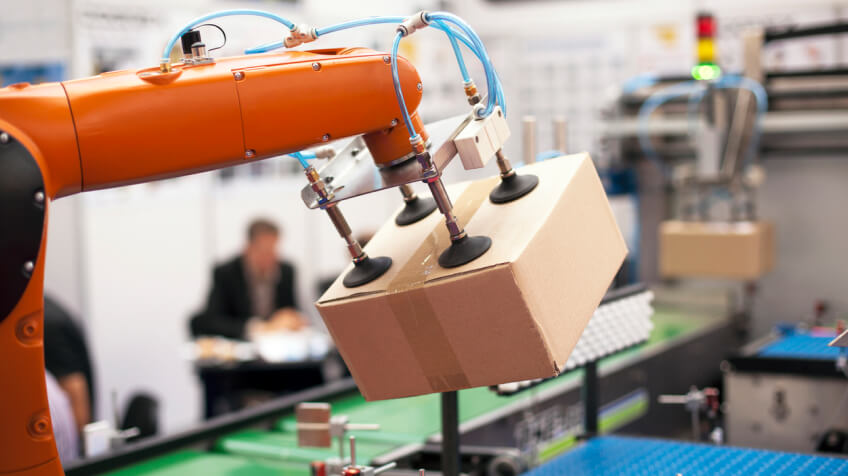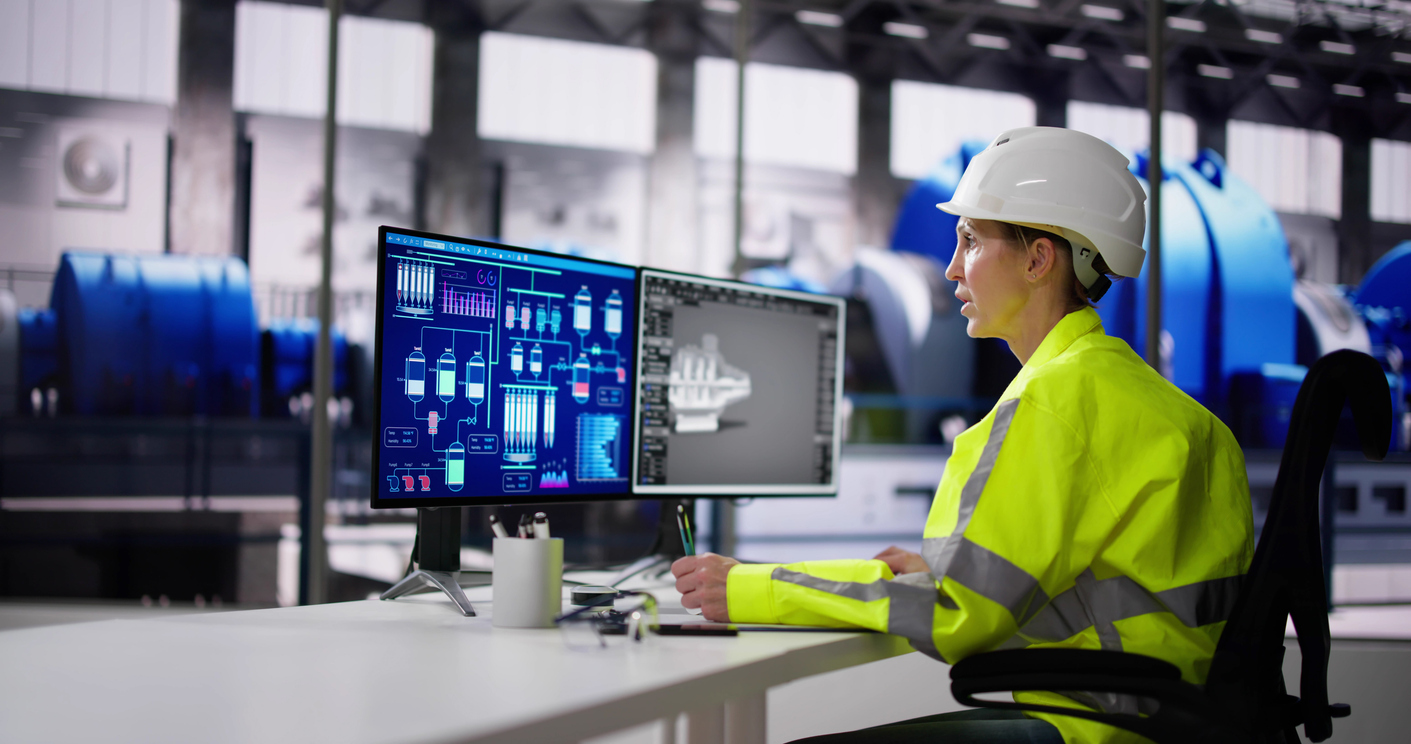Here’s a huge number: $94 billion. That’s how much the smart retail market could be worth by 2025.
Since the pandemic started, grocery chains and warehouse clubs have seen massive spikes in demand because consumers have been stocking groceries.
But this trend poses two critical challenges:
How do stores know that they have enough stock of what is needed, and how do they ensure there is less person-to-person interaction once customers reach the register, thus reducing long lines?
The answer lies in IoT (Internet of Things) and retail robots, particularly the cable robot.
Retail automation is here to stay
IoT is the powerhouse framework for smart supermarkets. Smart supermarkets utilize various IoT devices that associate sensor technology with the commonly used “things” in stores.
IoT is already making waves in retail, from smart shelves that help align procurement with consumer purchasing habits to in-store buyer behavior tracking. This will help stores make the right decisions and keep shelves fully stocked, attracting new customers and retaining regular ones [1].
Walmart CEO Doug McMillon emphasized the importance of IoT in retail at the World Economic Forum: “With the growth of the Internet of things, customers will enjoy an increasingly connected or ‘smart’ shopping experience through a network of connections linking the physical and digital worlds into an ecosystem of devices, including vehicles, stores, and software […] The Internet of Things, drones, delivery robots, 3D printing, and self-driving cars will allow retailers to automate further and optimize supply chains. Both sides of the equation – demand and supply – will change dramatically.”
And robots play a key role here.
The rise of retail robots
Currently, most retail shopping systems identify products using barcode scanning, which creates long lines at stores that test customers’ patience. A few of the main disadvantages of barcodes are:
- Inconvenience in managing shelves
- Inadequacy in quickly reviewing product information
- More time needed for analysis
- Long check-out lines
But imagine that you create an account at your local smart grocery store and connect it with your bank account. And when you leave the store with your groceries, the money required for payment is withdrawn automatically from your account. This scenario is possible because of retail robots and their various smart sensors that know which person is inside and what they are buying. You can go to the supermarket with no wallet, cash, or credit card, take what you want, and walk out the door. Simple as that.
Retail robots can greatly improve the overall customer experience. A cable robot is an example of innovation in retail robotics. Although cable robots are only beginning to gain traction in the industry, they have enormous potential to improve a customer’s shopping experience once they enter a supermarket.
How does a cable robot help in retail?
Cable robots are modern types of retail robots that utilize cables or wires to perform various tasks such as managing inventory and preparing orders for delivery, among others.
Cable robots are not only highly portable but can also be flexibly implemented in various environments. Cables enable the efficient transmission of power, and each cable can bear almost several tons. When building applications where maintaining safety is critical—such as when lifting fragile or heavy loads—more cables can be added to prevent the failure of separate components.
Also, the workspace for cable robots can be extended, including manufacturing scenarios that involve the automation of huge components such as aircraft fuselages or rotor blades for wind turbines. Additionally, compared to more popular serial robots, cable robots have higher speed and acceleration and a higher level of security. [2].
Cable robots can be used at major outdoor events, such as soccer or tennis matches, in addition to manufacturing and retail robotics.
In a grocery environment, cable robots could be suspended at corners of the store equipped with several modern sensors. This robot carries a camera that tracks users inside the store, which could be used with a smart AI algorithm to determine the state of the products on the shelves and which users bought which products.
Also, robots equipped with cameras can use smart algorithms to detect “problematic” groceries (rotten tomatoes, expired milk), which will help grocery staff act and plan accordingly. These robots can also add a layer of security inside the store by using smart algorithms to quickly inform law enforcement if robots detect improper or unusual behavior from customers.
One of the most significant benefits of cable robots is that they are quiet and move through the air above consumers, monitoring their behavior without being a distraction. Also, unlike most large robots, cable robots are not intimidating to people. In fact, most customers are not aware of cable robots because they are above their heads.
So, is the cable robot the ultimate retail solution?
Let’s sum things up:
- A cable robot is attached to the ceiling with cables and moves above consumers’ heads.
- It monitors consumers’ behavior and tracks when they enter the supermarket and what they buy.
- Cable robots can also monitor what happens on shelves and inform workers about it.
- Cable robots can register suspicious customer behavior and activities and notify the police.
All these features make cable robots an asset for smart grocery stores. They can reduce manual labor and help move humanity toward living healthier lives. However, as with all robots, removing manual work from our lives is problematic as people lose their jobs and unemployment grows.
Nevertheless, customer satisfaction depends on the synergy between technology and people’s best human efforts. Combining online and offline channels creates an omnichannel where new opportunities emerge, ultimately leading to happier customers.
Retail robots can lower the chance of people getting hurt and help deliver faster and more efficient customer experiences. Also, by creating and implementing modern technologies, new opportunities open up for people to learn new skills and expand their careers.
References:
[1] Sagar Sojitra, Asst. Prof. Rahul G. Patel (2016). A Review of Smart Shopping Systems. International Research Journal of Engineering and Technology, 3(5), 2166-2168
[2] Ljubinko Kevac, Mirjana Filipovic, Aleksandar Rakic (2017). The trajectory generation algorithm for the cable-suspended parallel robot—The CPR Trajectory Solver. Robotics and Autonomous Systems, 94, 25-33.
Want to learn more about how HTEC’s technology expertise can transform your business? Explore our Technical Strategy and Industrial & Robotics capabilities.






